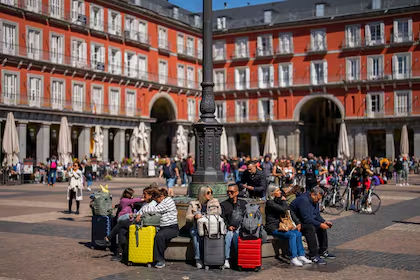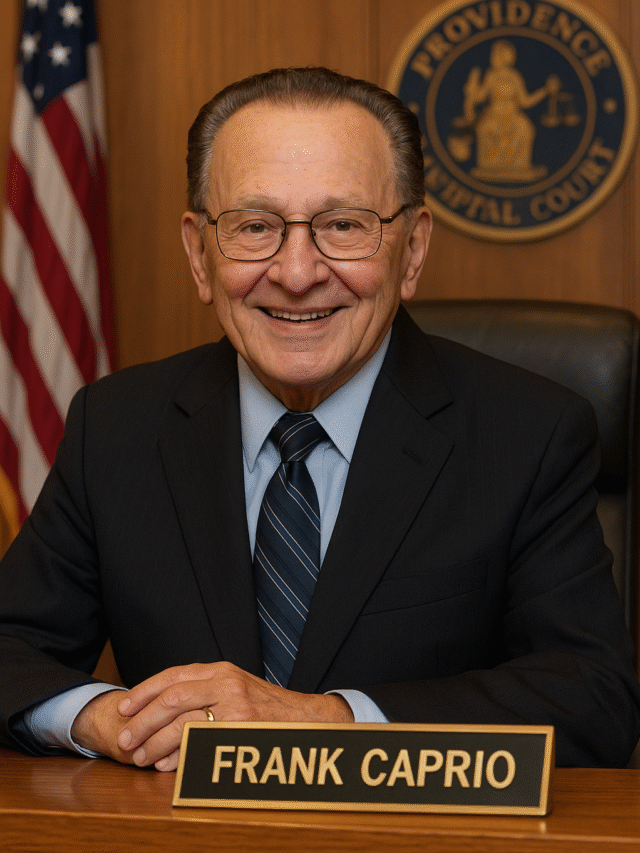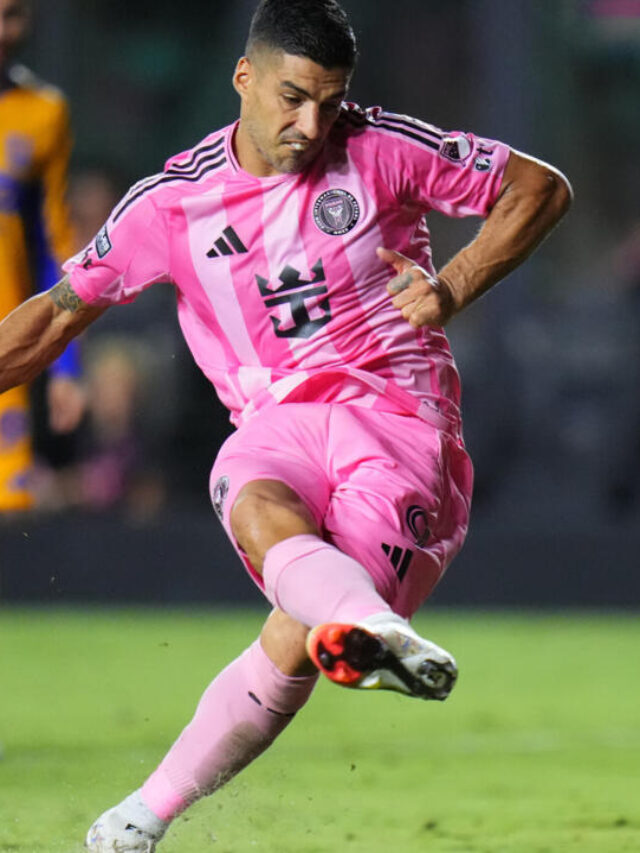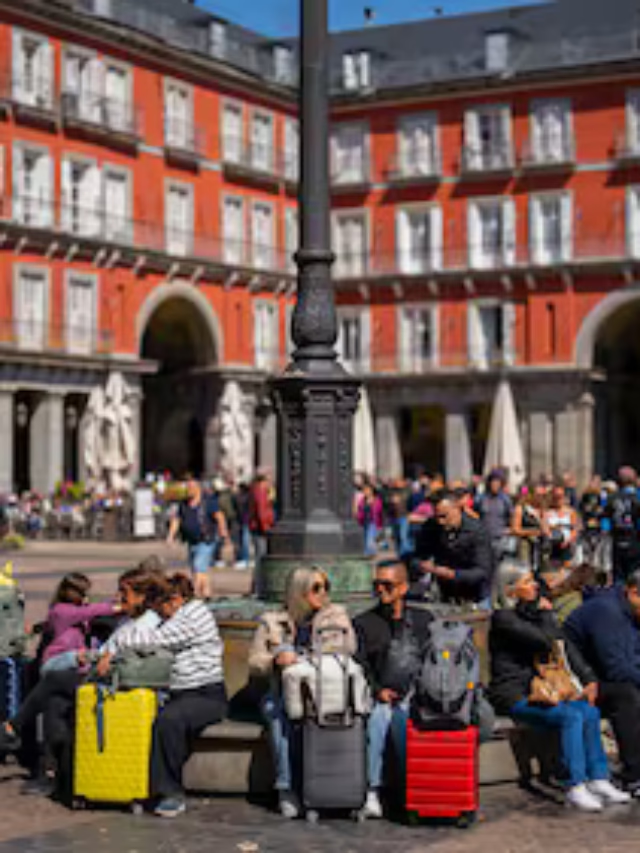
Among the many instruments that shape Latin American music, few are as iconic and essential as the claves. Simple in design yet powerful in impact, claves consist of two short wooden sticks that, when struck together, produce a sharp, penetrating sound. Despite their modest appearance, they are considered the rhythmic backbone of genres like salsa, son, rumba, and Afro-Cuban jazz. In this blog, we will explore the history, cultural importance, playing techniques, and global influence of claves in music.
What Are Claves?
Claves are a pair of cylindrical wooden sticks, typically 20–25 cm long and 2–3 cm thick. One stick is held in the palm of the hand (the “resonator”) while the other strikes it (the “striker”). The hollow resonance amplifies the sound, creating a high-pitched, cutting tone that can be heard even over a full band. Traditionally made of hardwoods like rosewood, ebony, or grenadilla, modern clav may also be made of fiberglass or synthetic materials for durability and volume.
The History of clav
The origins of clav trace back to African traditions brought to the Americas through the transatlantic slave trade. In Cuba, African rhythms blended with Spanish melodies, giving birth to new musical forms. clav became central to Afro-Cuban music, symbolizing the fusion of cultures. Over time, the rhythmic patterns of the clav, known as the clave rhythm, became the organizing principle of many Latin genres.
The Clave Rhythm
The word “clave” in Spanish means “key,” and indeed, the clave rhythm is the key to understanding Latin music. There are two main types of clave patterns:
- Son Clave – Used in salsa and son music, often in 3-2 or 2-3 variations.
- Rumba Clave – Used in Afro-Cuban rumba, with a slightly different syncopation.
Musicians follow these patterns as the foundation of rhythm. If the band does not adhere to the clave, the music feels unstable or “out of key.” Thus, clav provide both a literal and metaphorical pulse that guides the ensemble.
How to Play clav
Playing clav may look simple, but mastering them requires skill. The resonator stick is lightly held between the fingertips to allow it to vibrate freely. The striker stick hits it in the middle with a sharp motion. The resulting sound should be bright, clear, and consistent. Musicians must also learn to keep perfect timing, as the clave rhythm never stops and acts as the band’s timekeeper.
clav in Latin American Music
clav are essential in many Latin American music styles, including:
- Salsa – The clave rhythm is the foundation of salsa, driving the danceable energy.
- Rumba – Afro-Cuban rumba uses rumba clave patterns to create a conversation between percussion and dancers.
- Son Cubano – A precursor to salsa, rooted deeply in the clave rhythm.
- Afro-Cuban Jazz – Jazz musicians adapted the clave rhythm to blend African, Latin, and American sounds.
Global Influence of clav
From Cuba, clav spread throughout the world, influencing jazz, pop, and world music. In New York during the 20th century, Latin jazz musicians like Tito Puente and Machito introduced clav to global audiences. Even rock and pop bands, including The Beatles and The Rolling Stones, experimented with clave rhythms in their songs. Today, music students worldwide study clav as an introduction to rhythm.
clav Beyond Music
Interestingly, the concept of “clave” extends beyond the instrument. In Latin culture, “clave” also means “key” or “essence.” Just as a physical key unlocks a door, the clave rhythm unlocks the structure of music. It has become a metaphor for finding balance, timing, and harmony in life.
Choosing the Right Claves
When buying claves, musicians consider factors like material, size, and sound. Hardwood claves provide a traditional tone, while synthetic ones are louder and more durable for outdoor performances. Beginner players often start with lighter woods for comfort, while professionals prefer heavy hardwoods for richer resonance.
Claves in Education
Claves are popular in music classrooms because they are easy to learn and teach rhythm effectively. Children can quickly pick up the basics, making claves an accessible entry point into percussion. Educators use them to introduce concepts of timing, syncopation, and ensemble playing.
Modern Innovations
In contemporary music, electronic drum kits and digital audio workstations include clave sounds. Producers sample traditional clave rhythms for reggaeton, hip-hop, and EDM tracks. This demonstrates how a centuries-old instrument continues to stay relevant in modern music production.
Conclusion
Though small and simple, claves are one of the most powerful instruments in the world of rhythm. They connect Africa, Spain, and the Americas through sound, serve as the heartbeat of Latin music, and influence genres worldwide. From classrooms to concert halls, claves remain timeless. They are proof that sometimes, the simplest instruments hold the deepest cultural significance.










